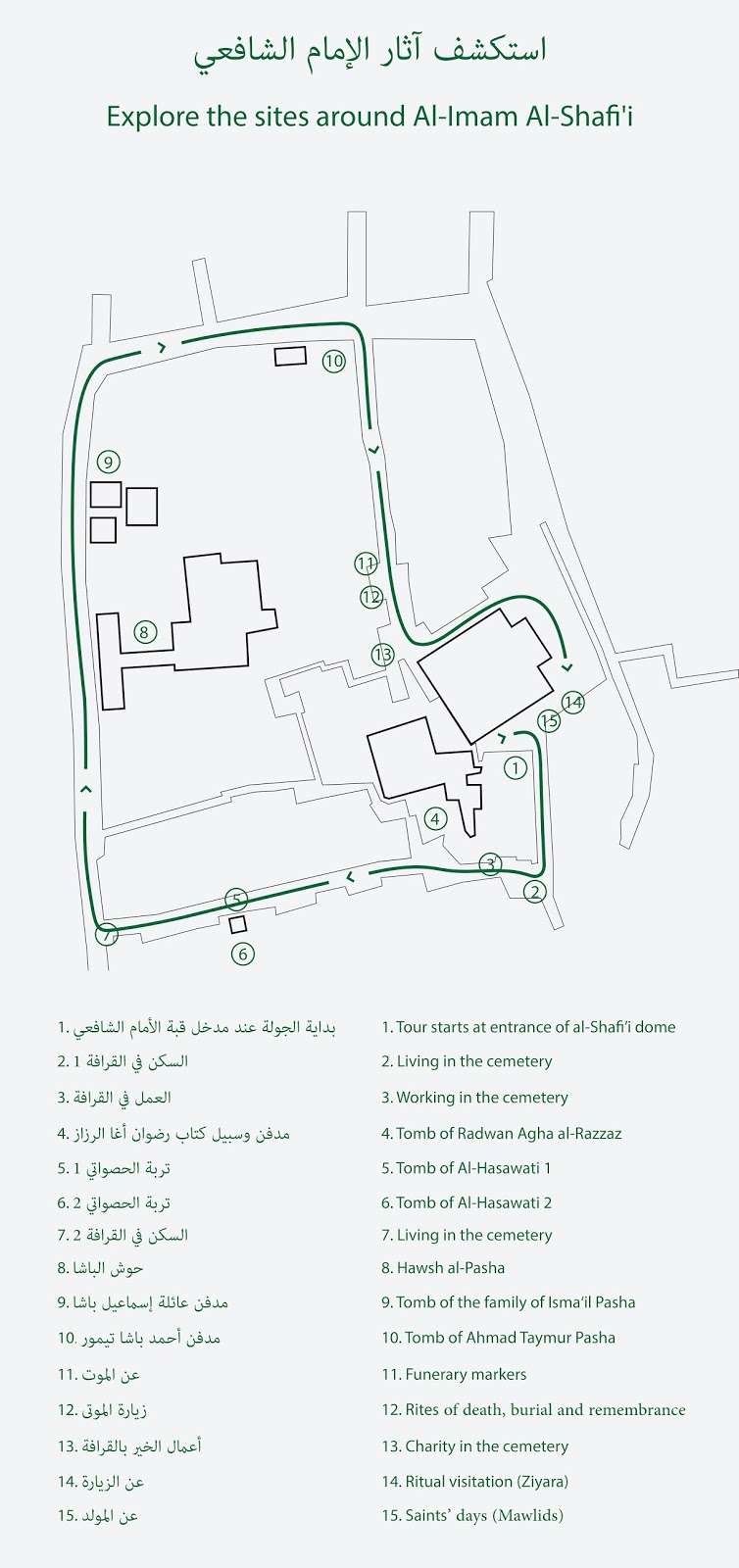تربة الحصواتي 1 / Tomb of al-Hasawati 1
تربة الحصواتي أثر رقم 315
التاريخ: العصر الفاطمي - 545هـ | 1150م تقريباً
المؤسس: الخليفة الحافظ لدين الله
الوظيفة: ضريح يعتقد أنه لفرد من آل البيت
المؤسس: الخليفة الحافظ لدين الله
الوظيفة: ضريح يعتقد أنه لفرد من آل البيت
هذه القبة شيدت لتكريم ذكرى واحد من آل البيت إسمه محمد الحصواتي. وتنتمي إلى مجموعة الأضرحة ذات القباب التي بناها الخلفاء الفاطميون فوق قبور آل البيت، لاكتساب ثقة الشعب ويتذكيرهم أن الفاطميين يينتسبون إلى السيدة لفاطمة إبنة الرسول. وهناك أضرحة مماثلة ليحيى الشبيه، والقاسم الطيب، وكلثم على امتداد جنوبًا على امتداد الشارع..
هذا الضريح بناه الخليفة الحافظ لدين الله عام 545هـ | 1150م تقريباً. كان مفتوحا من ثلاث جهات، وعلى جانبي المداخل حنايا معقودة تزين اأركان المبنى. رغم بساطة شكله من الخارج إلا أن الداخل به محراب جصي رائع محاط بشريط متابي به آية الكرسي بالخط الكوفي.
 |
للدخول الي اللعبة أضغط هنا |
Tomb of al-Hasawati (mn. 315)
Date: Fatimid period - c. 545/1150
Founder: Caliph al-Hafiz li-Din Illah
Founder: Caliph al-Hafiz li-Din Illah
Function: Shrine, believed to have been built for a descendent of the Prophet.
This small domed structure commemorates a descendent of the Prophet by the name of Muhammad al-Hasawati. It belongs to a group of domed shrines built by the Fatimid rulers above graves of the descendant of Prophet in an attempt to appeal to the people and remind them of the Fatimid claim of descent from the Prophet’s daughter Fatima. Other shrines include those of Yahya al-Shabih, al-Qasim al-Tayib and Kulthum further south down the road. This particular shrine was built by the Caliph al-Hafiz li-Din Illah around 1150. Originally open on three sides, fluted keel arched niches flank each entrance and decorate the hoods of its chamfered corners. Despite its modest appearance, the script.mausoleum includes an elaborate stucco mihrab framed by the ‘Throne Verse’ (Qur’an 2:255) in kufic
This small domed structure commemorates a descendent of the Prophet by the name of Muhammad al-Hasawati. It belongs to a group of domed shrines built by the Fatimid rulers above graves of the descendant of Prophet in an attempt to appeal to the people and remind them of the Fatimid claim of descent from the Prophet’s daughter Fatima. Other shrines include those of Yahya al-Shabih, al-Qasim al-Tayib and Kulthum further south down the road. This particular shrine was built by the Caliph al-Hafiz li-Din Illah around 1150. Originally open on three sides, fluted keel arched niches flank each entrance and decorate the hoods of its chamfered corners. Despite its modest appearance, the script.mausoleum includes an elaborate stucco mihrab framed by the ‘Throne Verse’ (Qur’an 2:255) in kufic
 |
Click Here To Play |

